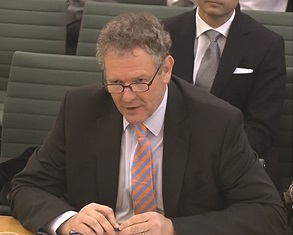Wider focus for nurse workforce planning
He said the HEE was reforming the traditional model, which is based on asking trusts to predict their future needs five years ahead. The arm’s length body is now starting to look ahead 10 years. As well as taking account of trust requirements, it is bringing other factors into consideration, such as economic forecasts and potential future spending in the health service.
The number of new nurses in the service this year was due to decisions made four years ago, he said. A projection of future need was necessary, but historically this calculation has always underestimated the real demand.
Asked whether the NHS was planning its future workforce around financial viability rather than patient safety, Professor Cumming said this was one of the problems of the workforce planning model used in the past.
‘Employers have always built in affordability and likely budgetary factors into [forecasts of future needs] and I think that has led to the underproduction of nurses historically.
‘We have increased the number of nursing commissions consecutively in each of the past five years, but at the moment we are dealing with decisions made in 2009, 2010 and 2011 when, absolutely, financial considerations were fed in probably as too great a factor.’
Professor Cumming added that overall nursing levels depended on retention, as well as the number of newly qualified nurses entering the profession each year.
He would like to reinstate the data collection for the number of actual vacancies for nurses, which ended a few years ago. This was in the hands of the Department of Health and he hoped the collection would begin again soon.
Related content
We are excited to bring you a fun packed Eastern Branch Conference in 2025 over three days.
This event is for those that will benefit from an overview of costing in the NHS or those new to costing and will cover why we cost and the processes.